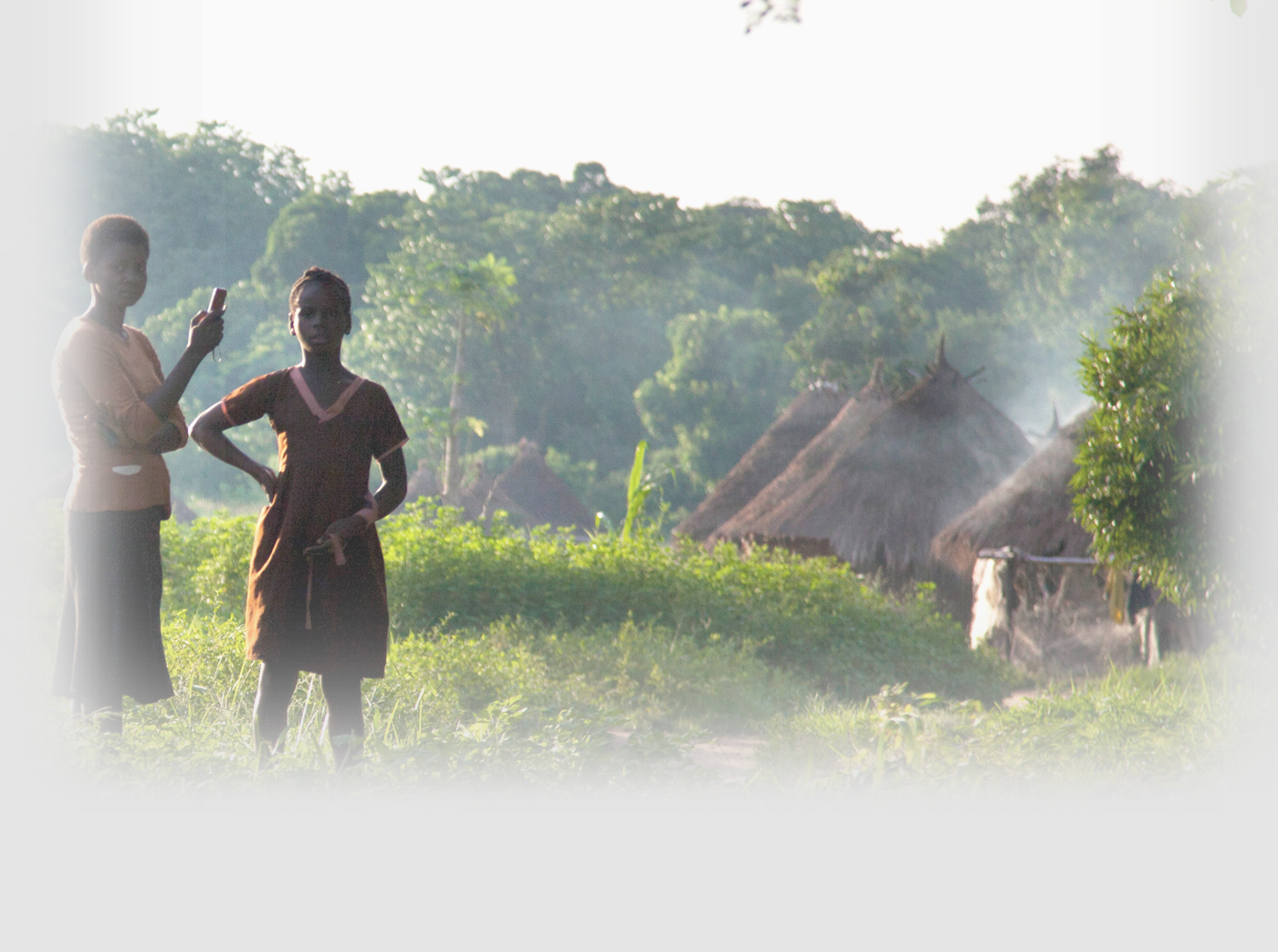

Country Context
As part of its Vision 2020 plan, the Rwandan government has set an ambitious goal to double the percent of adults who are financially included by 2017, and to increase that number by another 10 percent to 90 percent by 2020. Access to financial services in Rwanda is currently driven by two major types of services – Savings and Credit Co-operatives (SACCOs) and mobile phone-based financial services known as mobile money.
Mobile money services were first introduced in the country in 2010 and their use has grown tremendously, with one in four Rwandans using the services. As of late 2015, there were three major mobile money players – Tigo, MTN and Airtel. These, as well as SACCOs and banks, are all regulated by the Central Bank of Rwanda (BNR), per the 2010 Payments Systems Law. The government sees access to these financial services tools as a springboard to greater financial inclusion for Rwandans. (Read more)
 | |
Key Metrics
Source: FII Survey of Rwanda, conducted December 2014-February 2015; sample size=[2,003]
| Total | Male | Female | Urban | Rural | |
|---|---|---|---|---|---|
| Own Mobile Phone | 47% | 58% | 37% | 74% | 42% |
| Own or Can Borrow Mobile Phone | 67% | 73% | 61% | 85% | 63% |
| Own Sim Card | 51% | 63% | 40% | 76% | 46% |
| Own or Can Borrow Sim Card | 66% | 74% | 58% | 84% | 62% |
| Total | Male | Female | Urban | Rural | |
|---|---|---|---|---|---|
| Own Bank Account | 16% | 21% | 12% | 38% | 11% |
| Own or Have Access to Bank Account | 18% | 22% | 14% | 42% | 13% |
| Active Bank Account User (Past 90 Days) | 11% | 13% | 9% | 30% | 7% |
| Total | Male | Female | Urban | Rural | |
|---|---|---|---|---|---|
| Have Ever Used MM | 25% | 32% | 19% | 52% | 20% |
| Active MM User (past 90 days) | 21% | 28% | 15% | 45% | 16% |
| Registered MM User | 23% | 31% | 16% | 47% | 18% |
| Registered Active MM User | 17% | 23% | 12% | 40% | 13% |
See the CGAP data visualization here.

